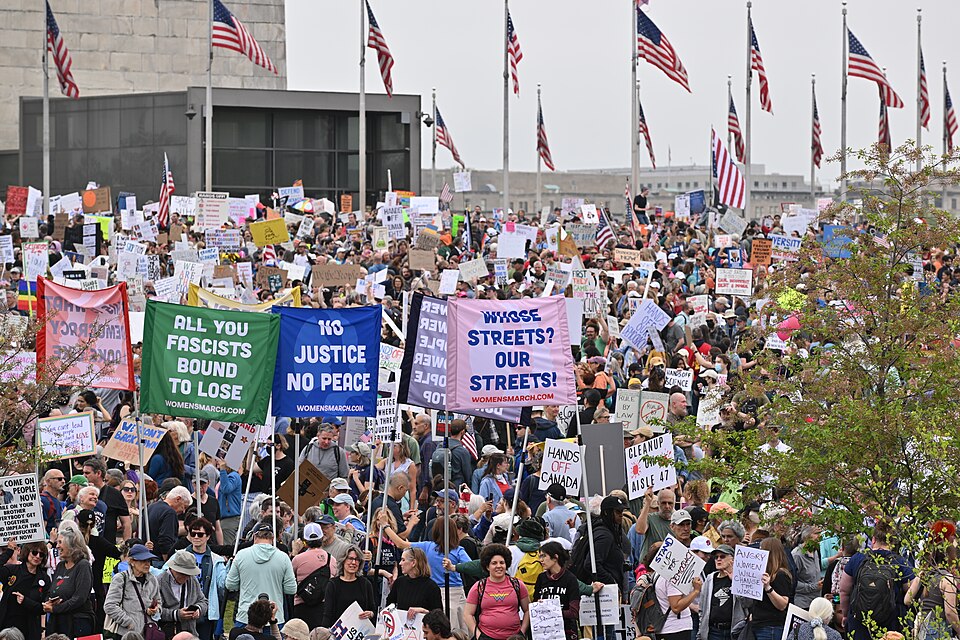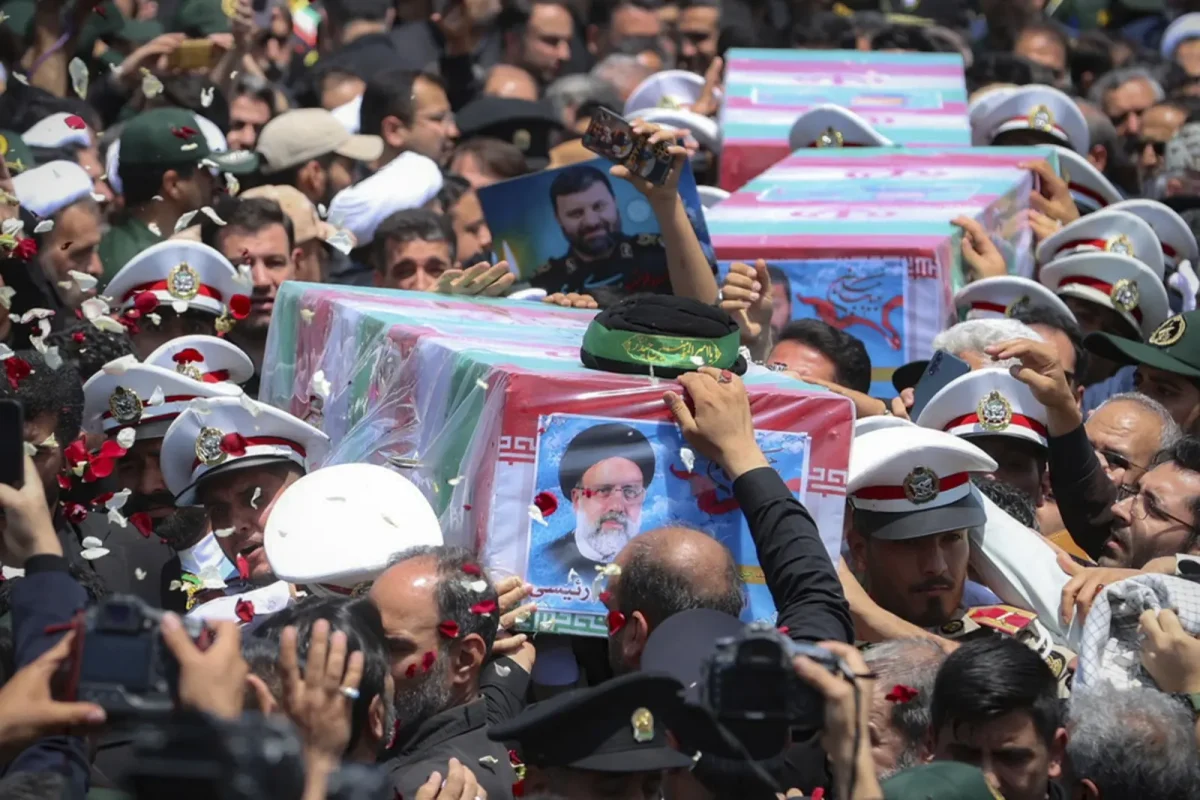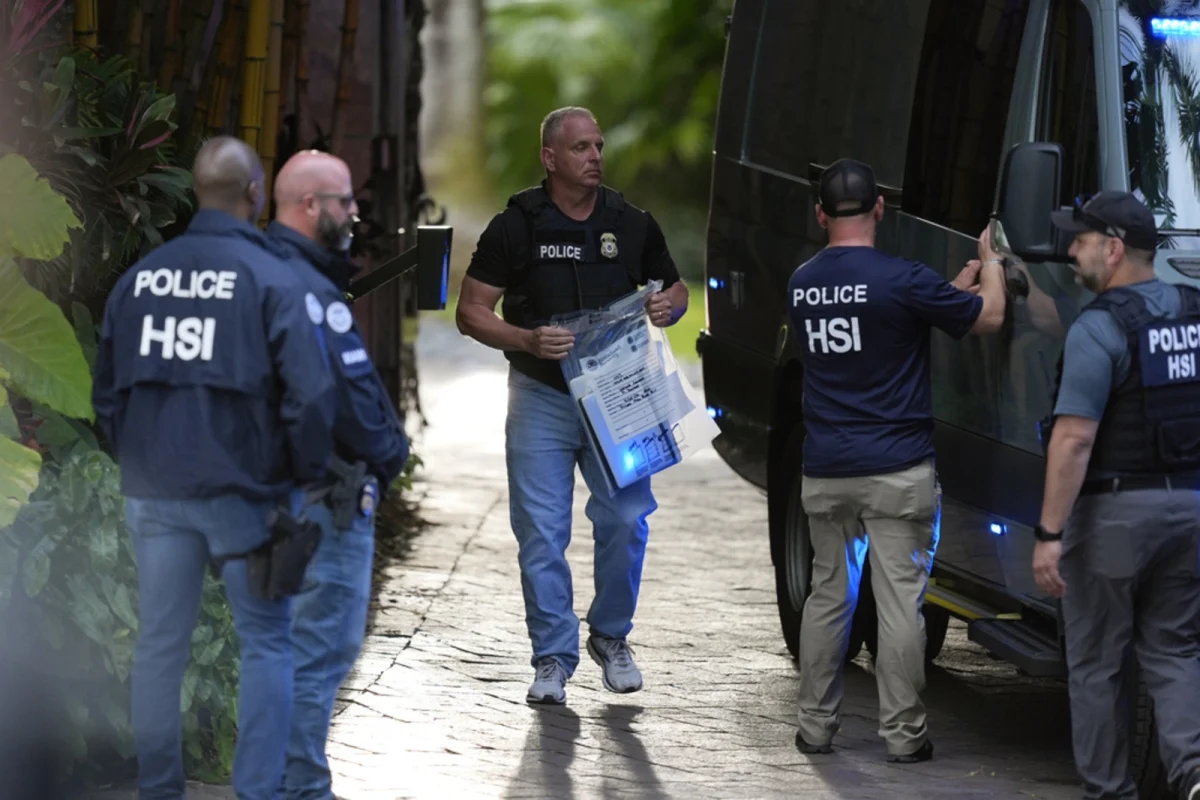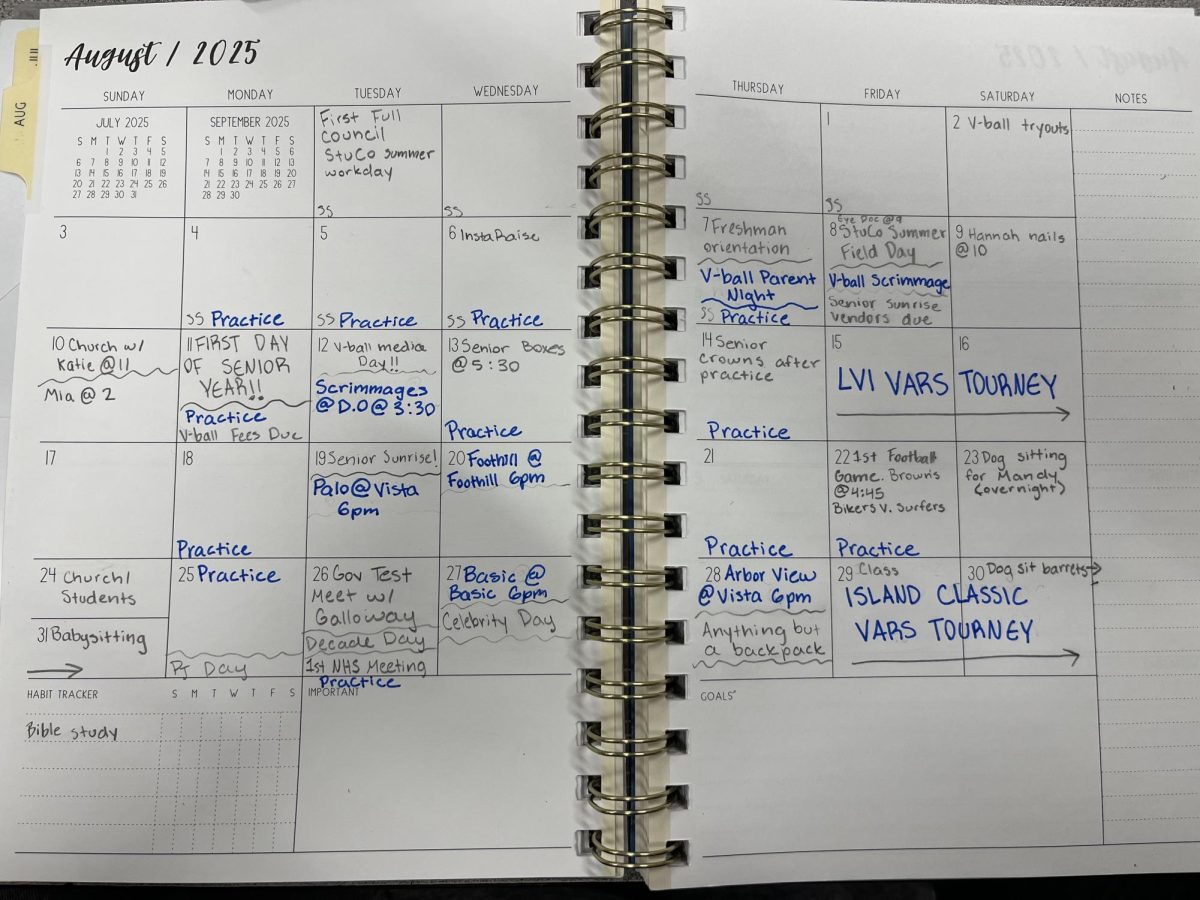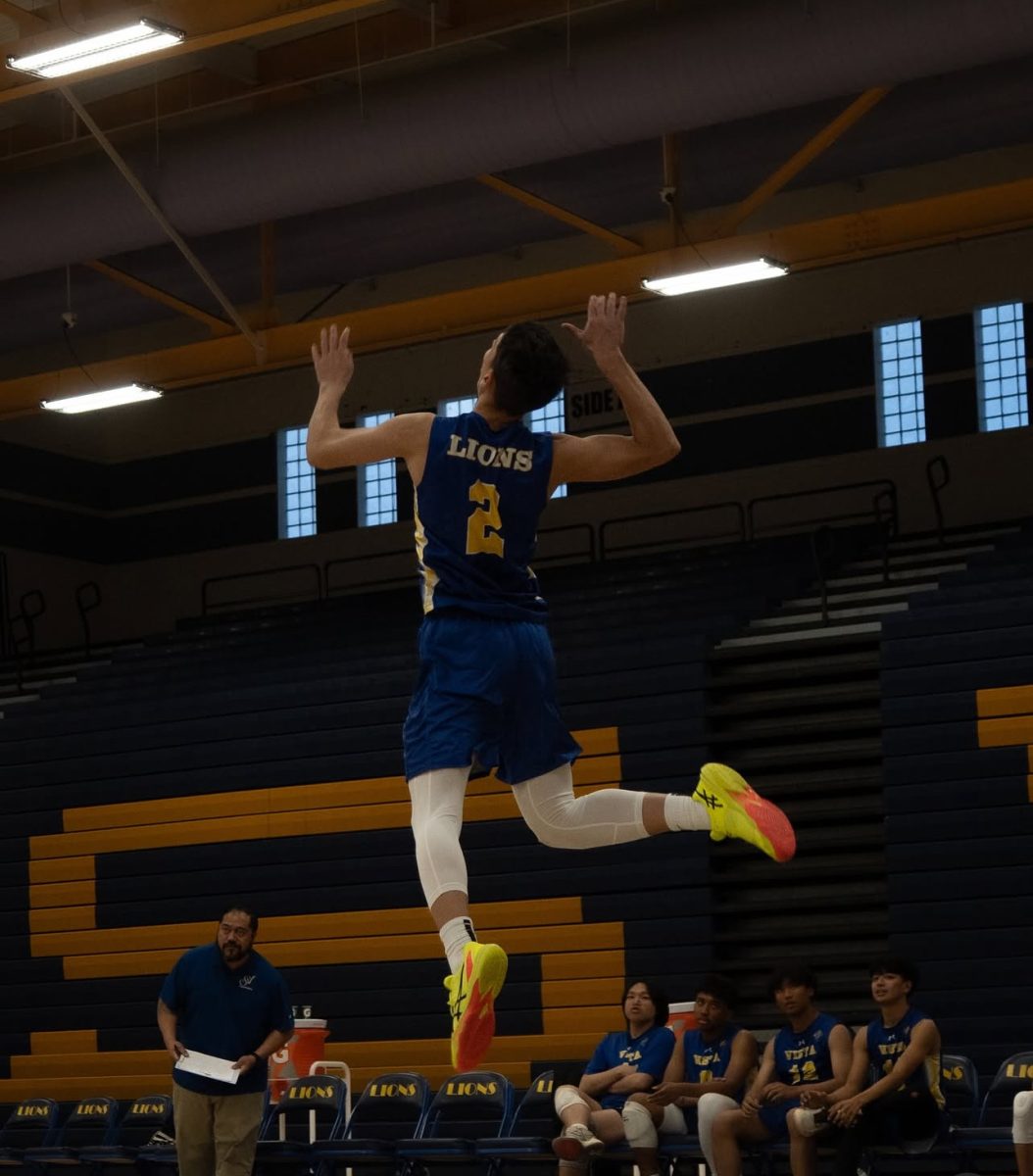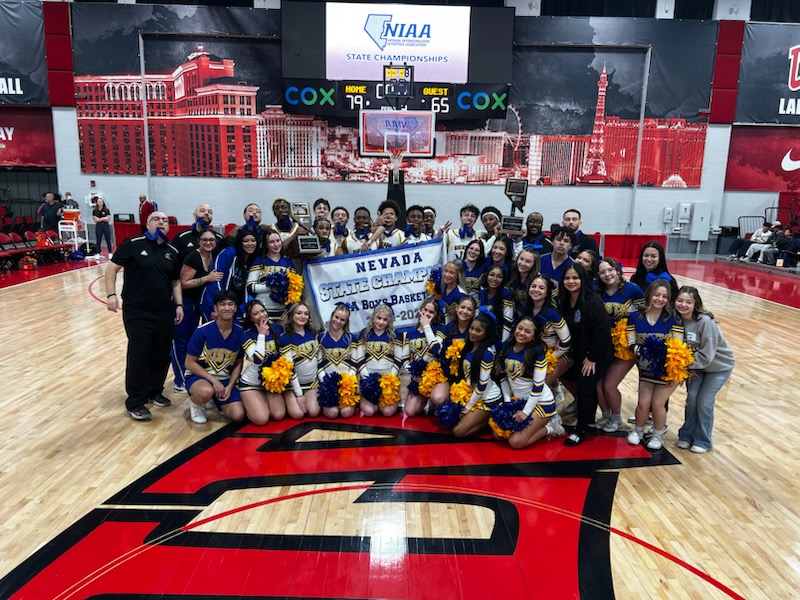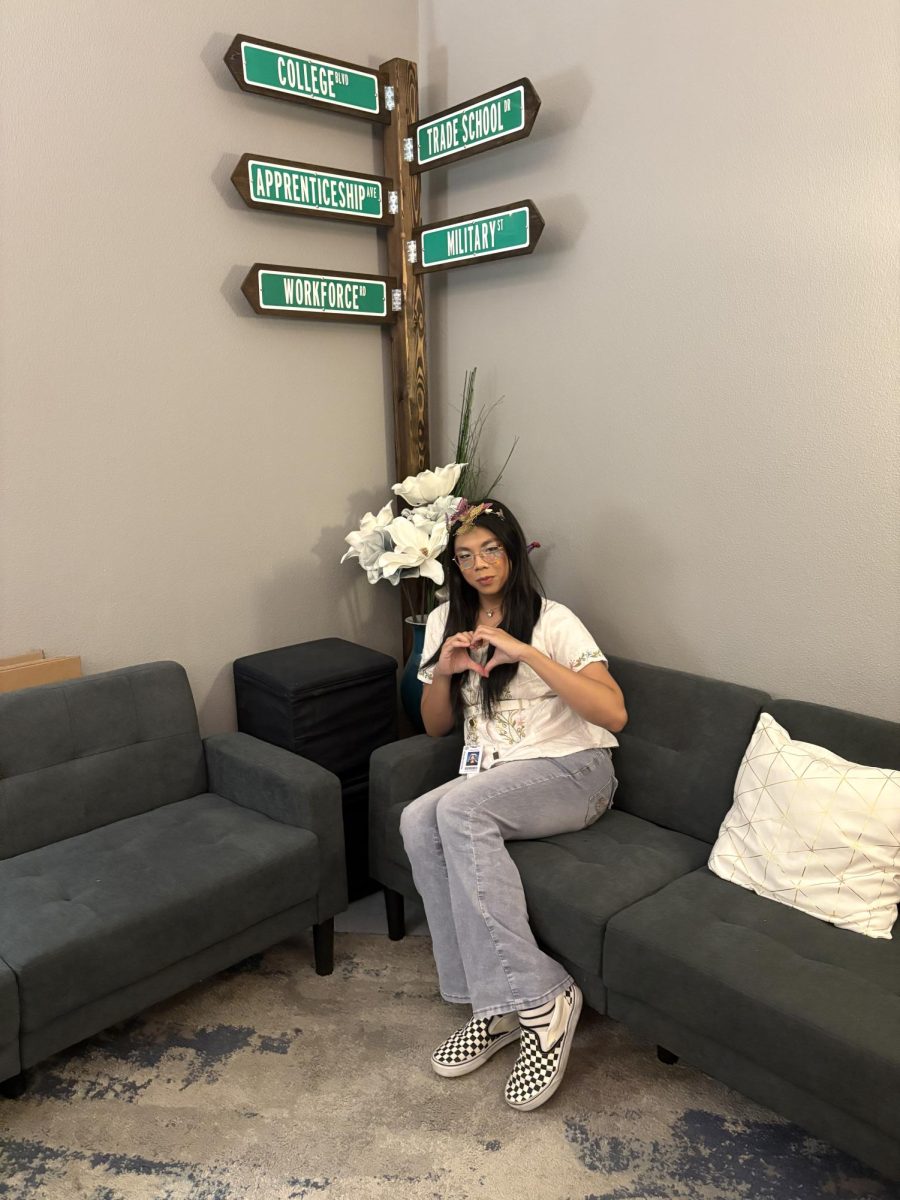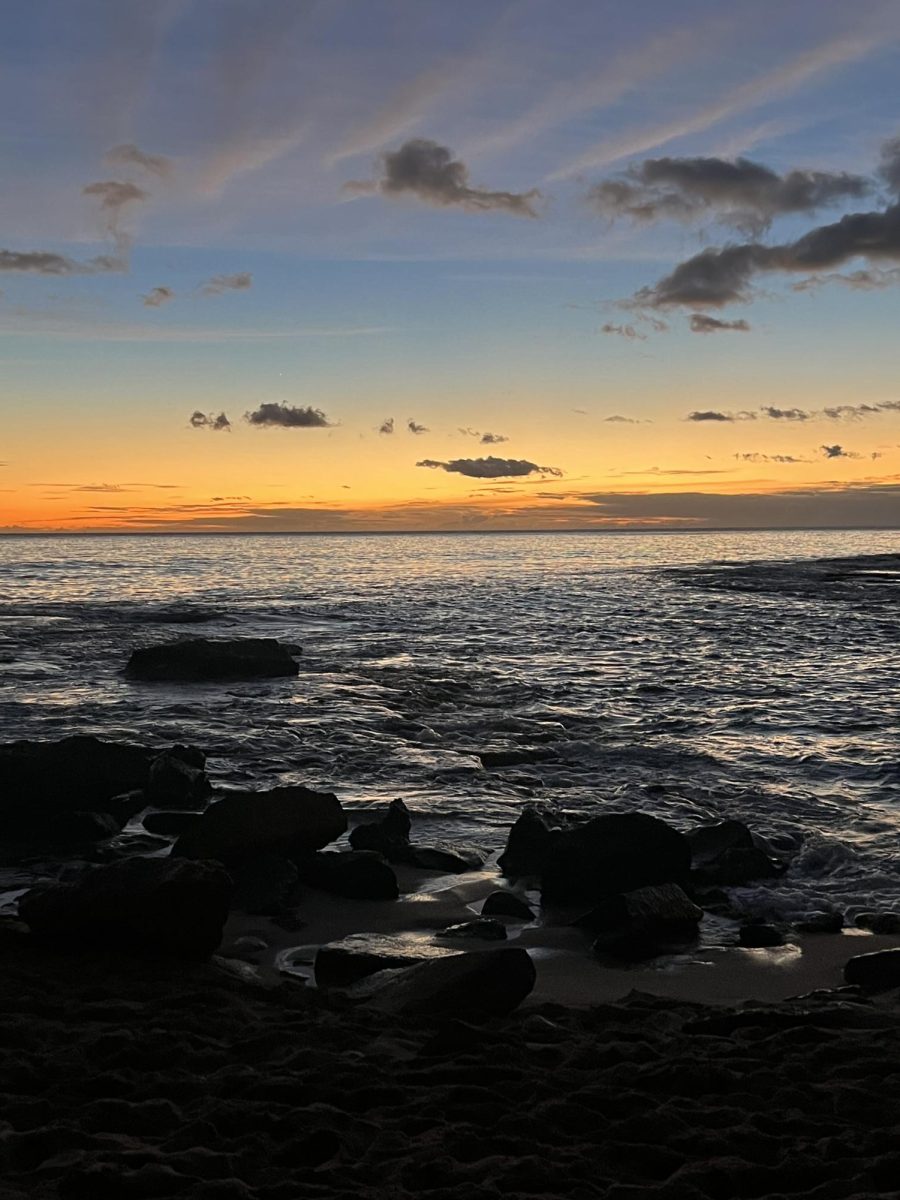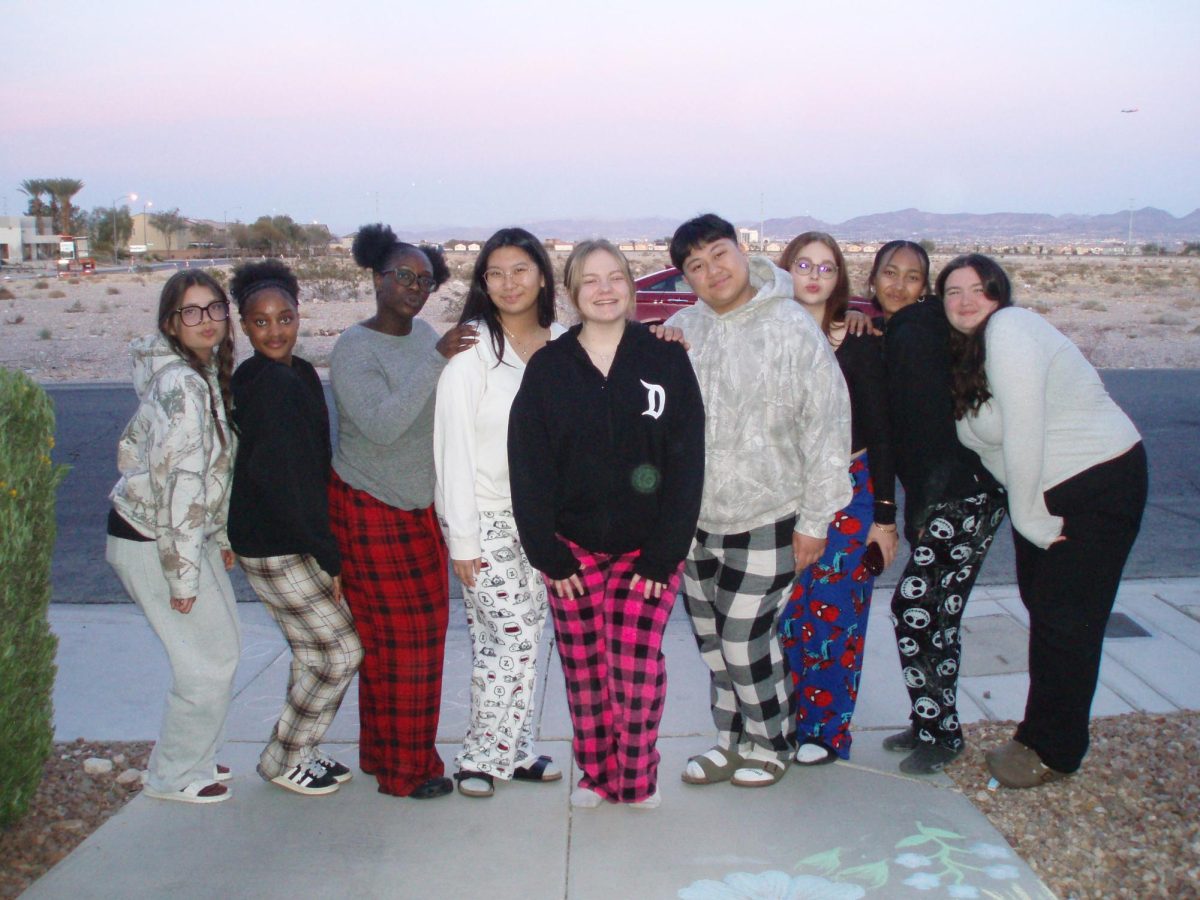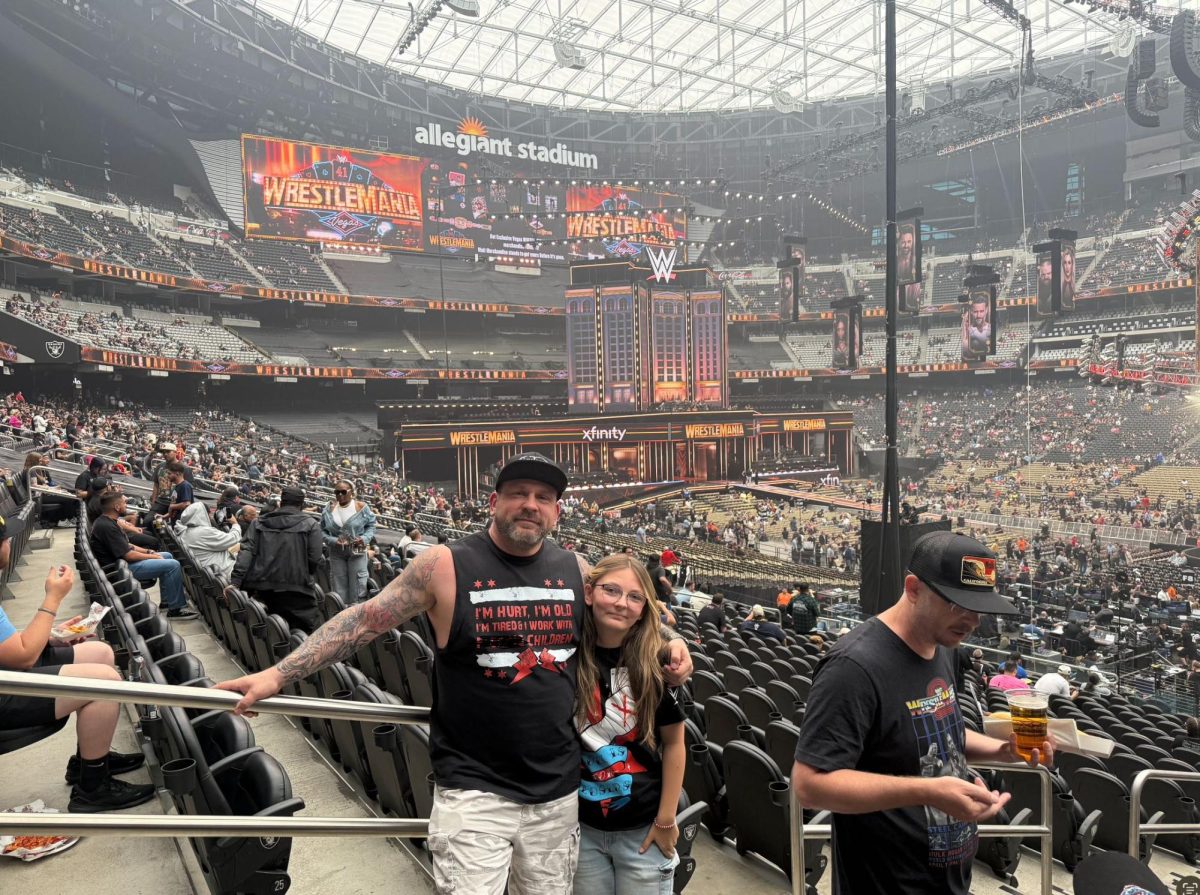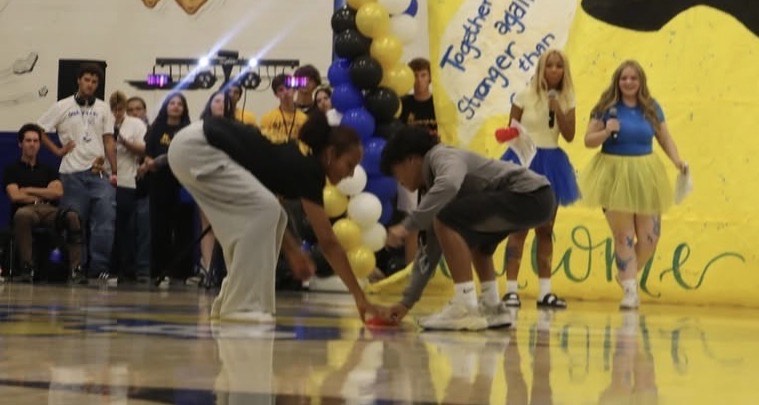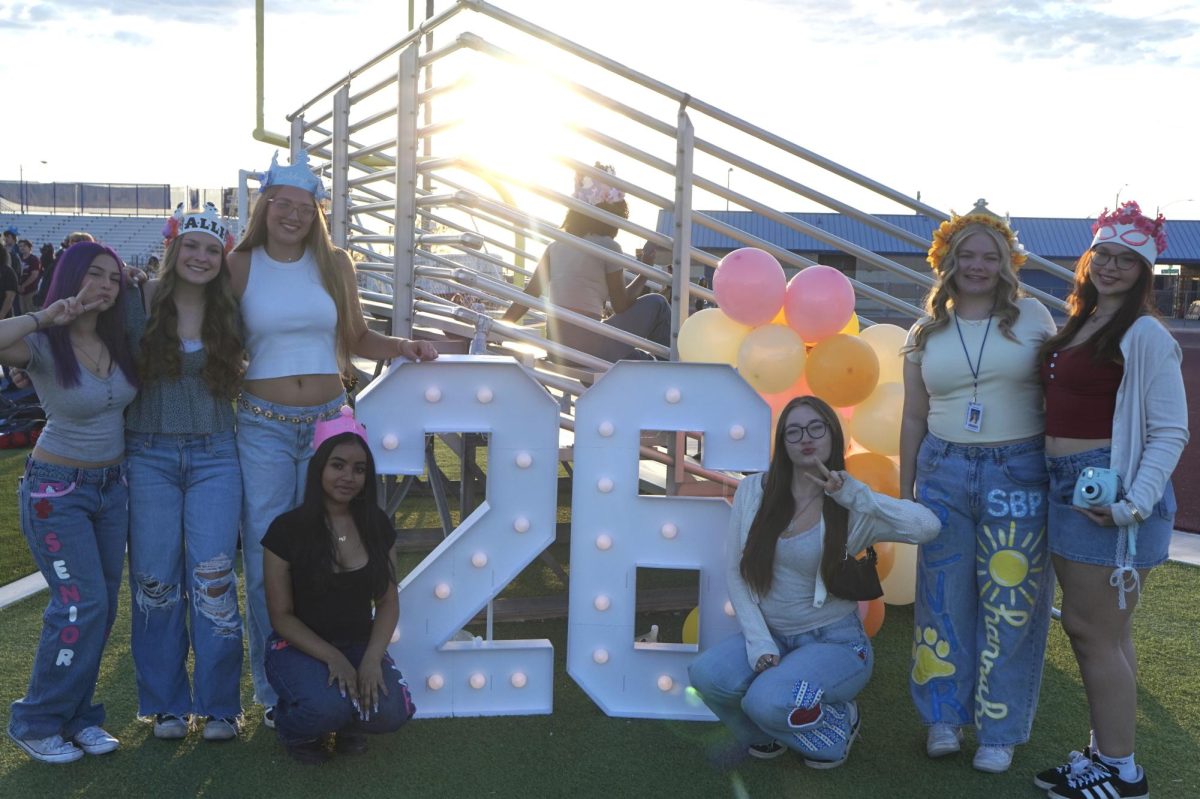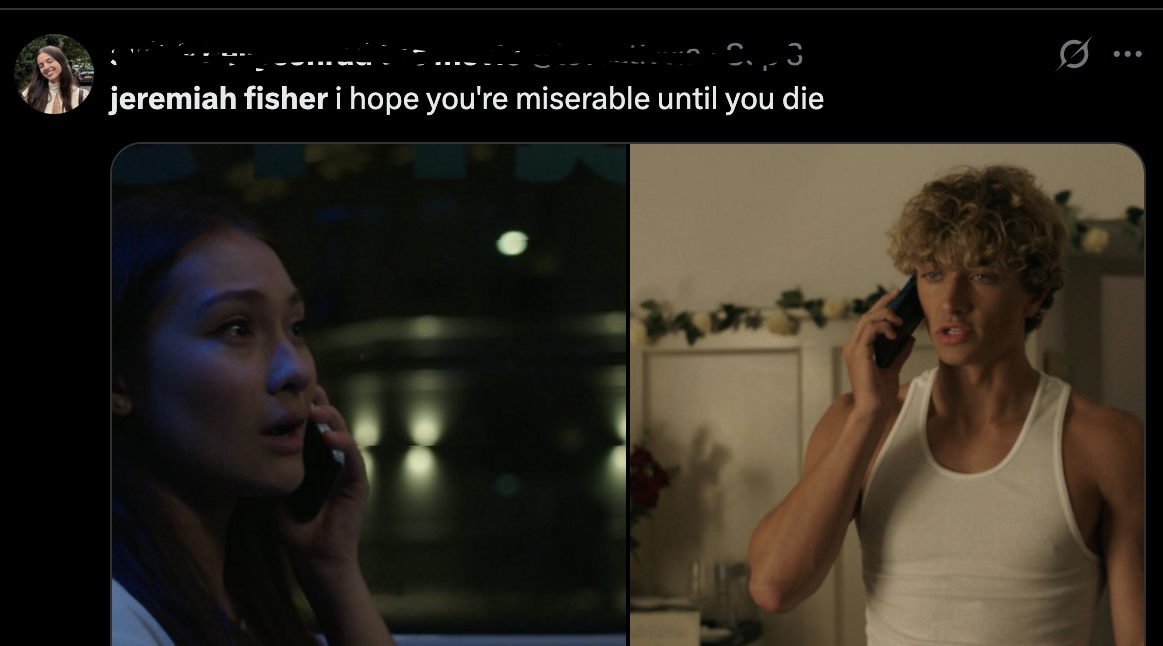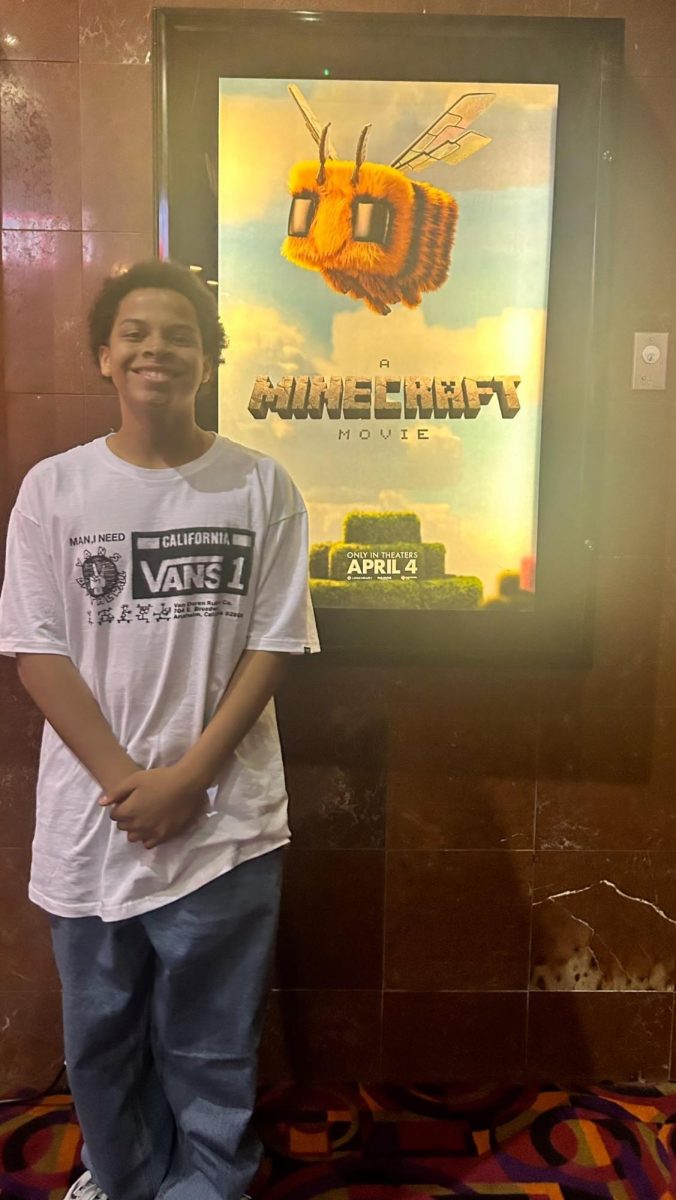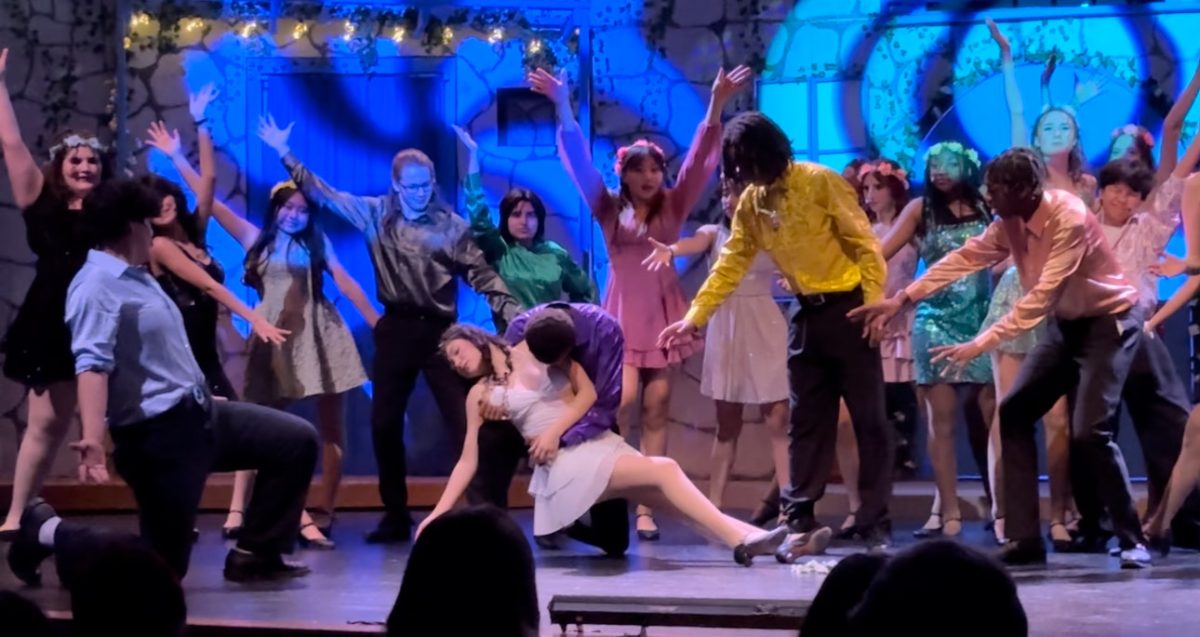HOPE for Change
The HOPE Squad is a peer-to-peer suicide prevention program, composed of students and staff dedicated to decreasing teen suicide and increasing mental health activism. The members of the Sierra Vista High School HOPE Squad wear their signature HOPE Squad shirts every Thursday. (Photo Credit: Shayna Segal)
April 27, 2023
Mental health and stability for America’s youth continues to remain a problem, especially with teens who struggle with everyday stressors like school responsibilities, home life, and social media. To take a proactive stance against the increase in depression and mental illness in teens, schools across the nation formed a squad dedicated to helping students. The HOPE Squad is a peer-to-peer suicide prevention program which strives to decrease teen suicide and increase mental health activism by means of peer intervention.
Present in over 1600 schools throughout the United States and Canada, the HOPE Squad is a new program at Sierra Vista High School run by SEL Counselor, Shayna Segal. When asked about the goal of HOPE Squad, Segal shares, “The goal of the program is not only to reduce youth suicide, but to start shifting the mindset of those around us when it comes to mental health and the stigmas associated with it. We are HOPEing to contribute positively to the Vista community by spreading love, positivity, and HOPE through education, training, and peer intervention. We want to raise awareness of mental health, educate students on how to recognize suicide warning signs as well as how to respectfully report concerns to adults, [and] hopefully reduce suicide attempts. Our goal is to increase connectedness, inclusion, and social-emotional learning skills.”
Dedicated to making an impact and being present for students in need, the HOPE Squad maintains diversity and strives to reach every grade and cultural demographic. Segal states, “There are currently 20 active Hope Squad members. They are in every grade and represent every demographic here on campus. The best way to identify who in your lunch or class is a member is that they will be wearing our HOPE shirts every Thursday. […] Members are available at all times. Reaching out to them in person or through socials might be best, but as long as you know they are a Hope Member, they will be there for you to help understand what you are going through and get the help you need.” Segal continues, “HOPE squad members help their peers seek help when they are struggling. They also help them know that they are not alone and that their feelings are valid. They are not counselors or therapists, and their main responsibility is to help you build the courage to talk to an adult about how you are feeling or bring your struggles to the attention of those that have additional resources.”
While some may remain skeptical about the purpose of the HOPE Squad and whether or not students can actually help one another, Segal explains, “HOPE Squad members are nominated by their classmates as trustworthy peers and trained by advisors. […] There is an extensive nomination and vetting program that takes place at the beginning of the school year. Vista students actually nominated their peers Hope Squad in October. Once members are nominated by their classmates as trustworthy peers, I ask their counselors for feedback [about] the student, their attendance, behavior, etc.” Freshman HOPE Squad member, Sidney Gifford, clarifies, “HOPE Squad members are trained to recognize warning signs of mental health struggles and suicide, then support students by referring them to professional help. Usually, teenagers are more likely to turn to fellow classmates first before adults, so HOPE squad can be that link to bring struggling students to the help they need.” Sophomore HOPE Squad Member, Kira Yeomans, adds, “Hope Squad members are here to provide a listening ear and a helping hand for anyone and for any reason.”
While the HOPE Squad does not have a specific location on campus, Segal clarifies that members “should be in every hallway, every lunch, during passing, and more. If you need help and have yet to identify a Hope member, the best place to come if you are struggling is to the counseling office where your counselor or Ms. Segal is here to help!” Any student struggling with suicidal ideation or mental infirmity can seek Sierra Vista High School counselors and HOPE squad members for help or call the Suicide and Crisis Lifeline, 988, anytime.
